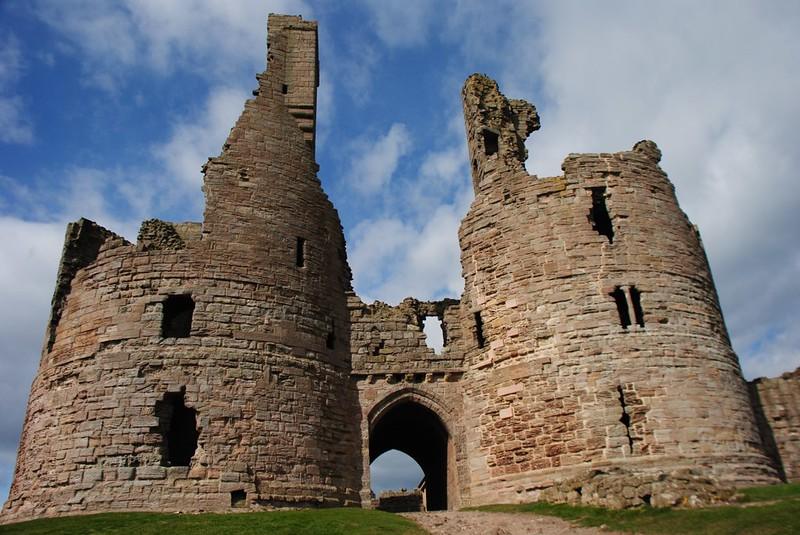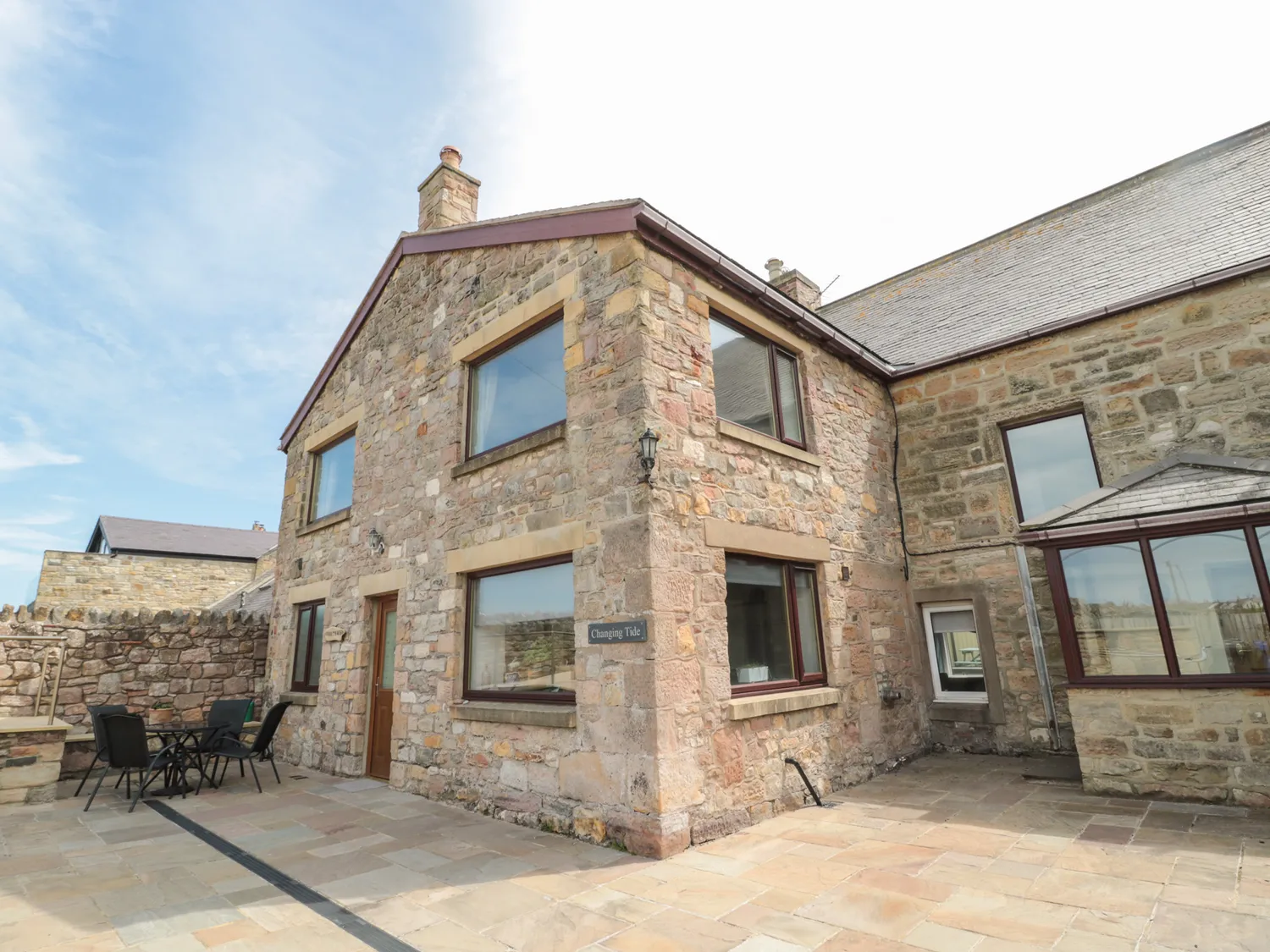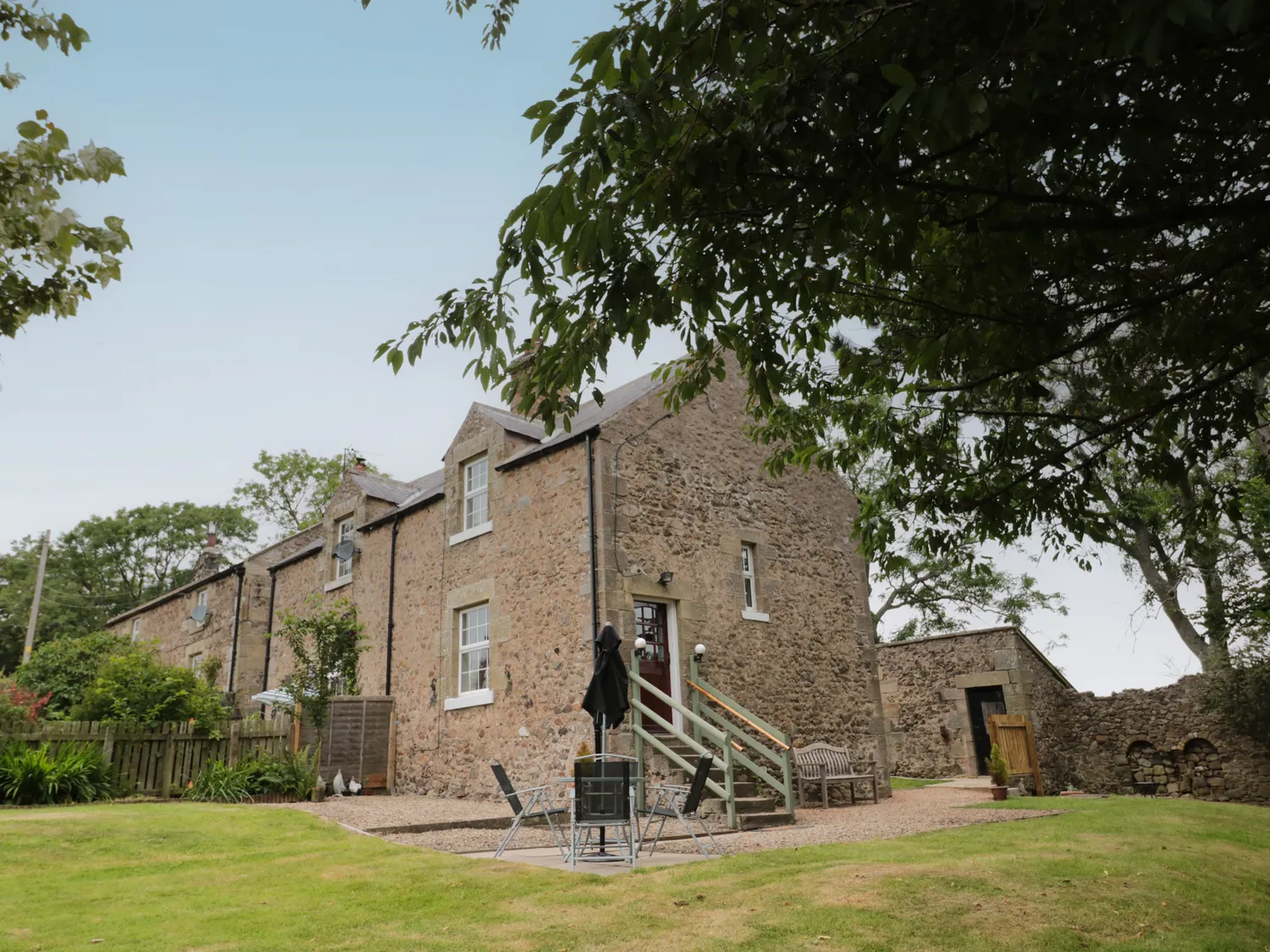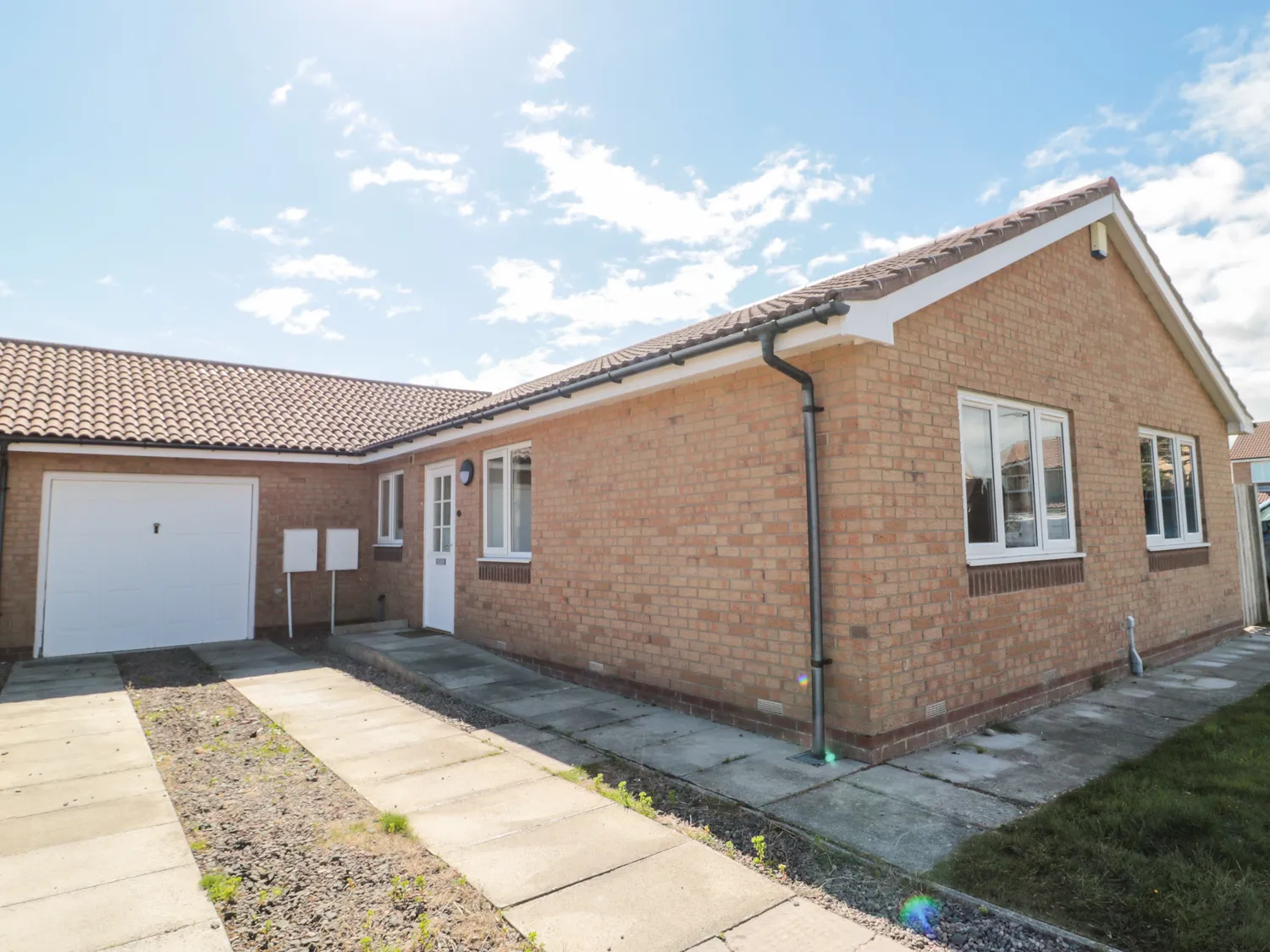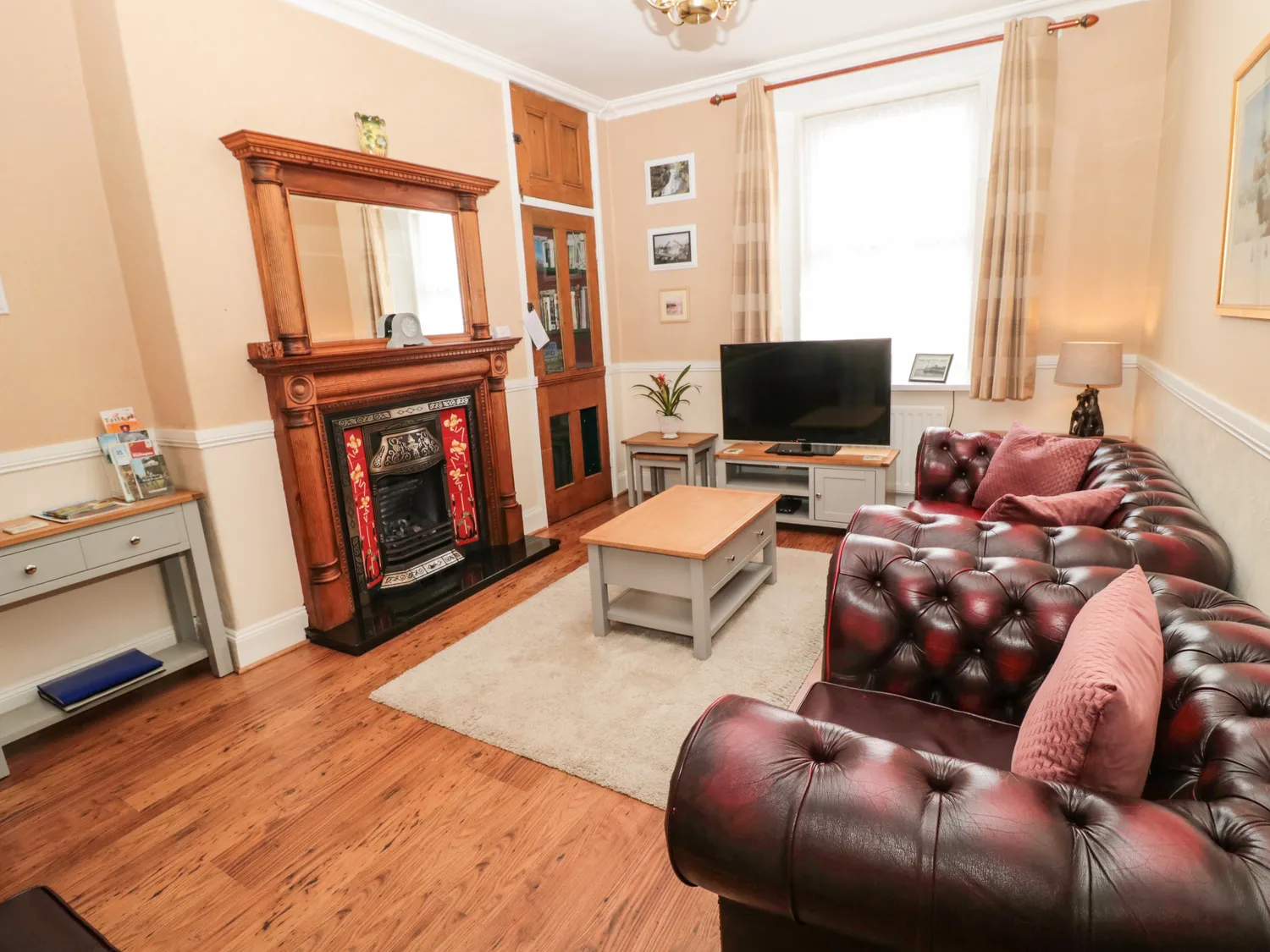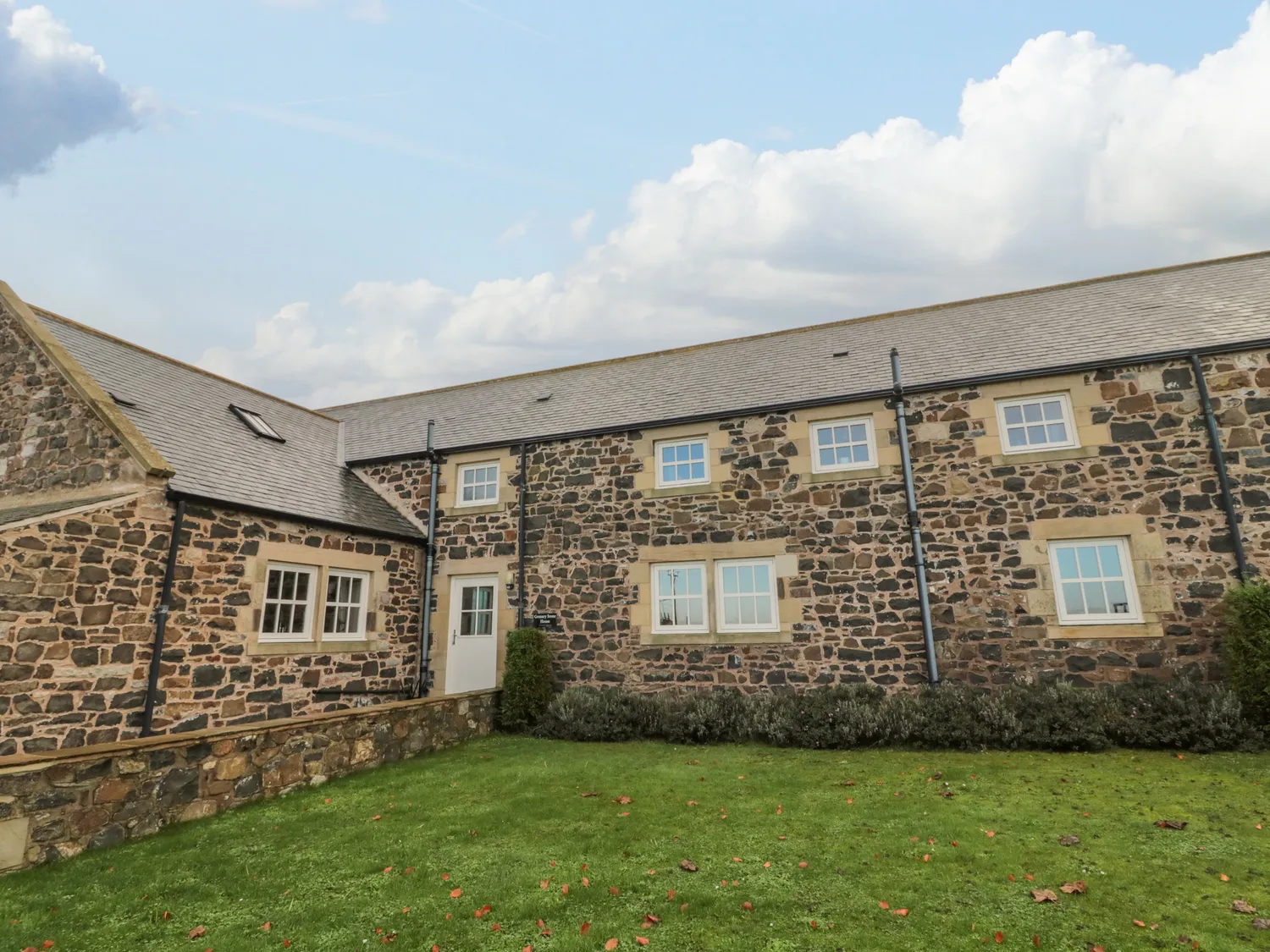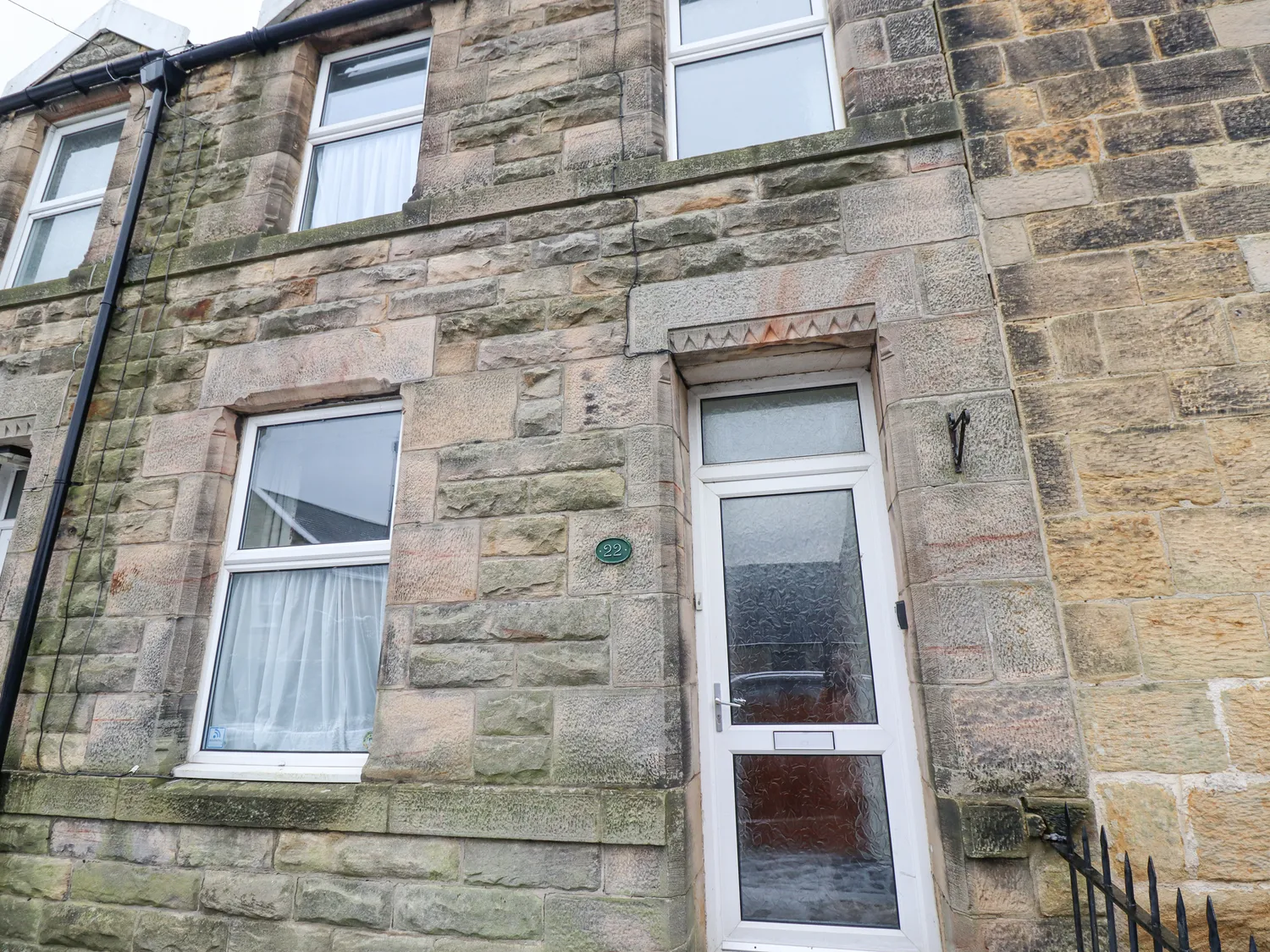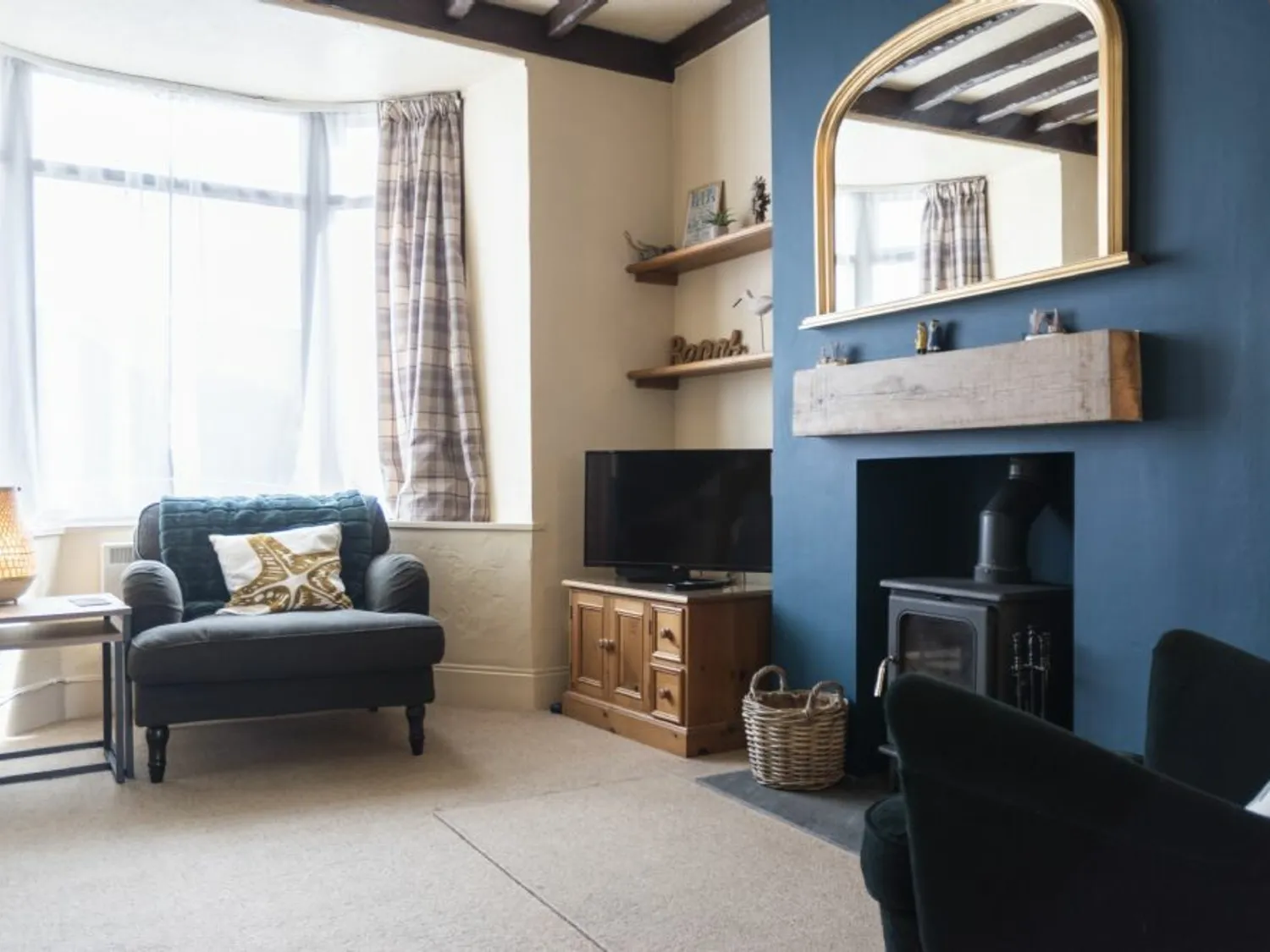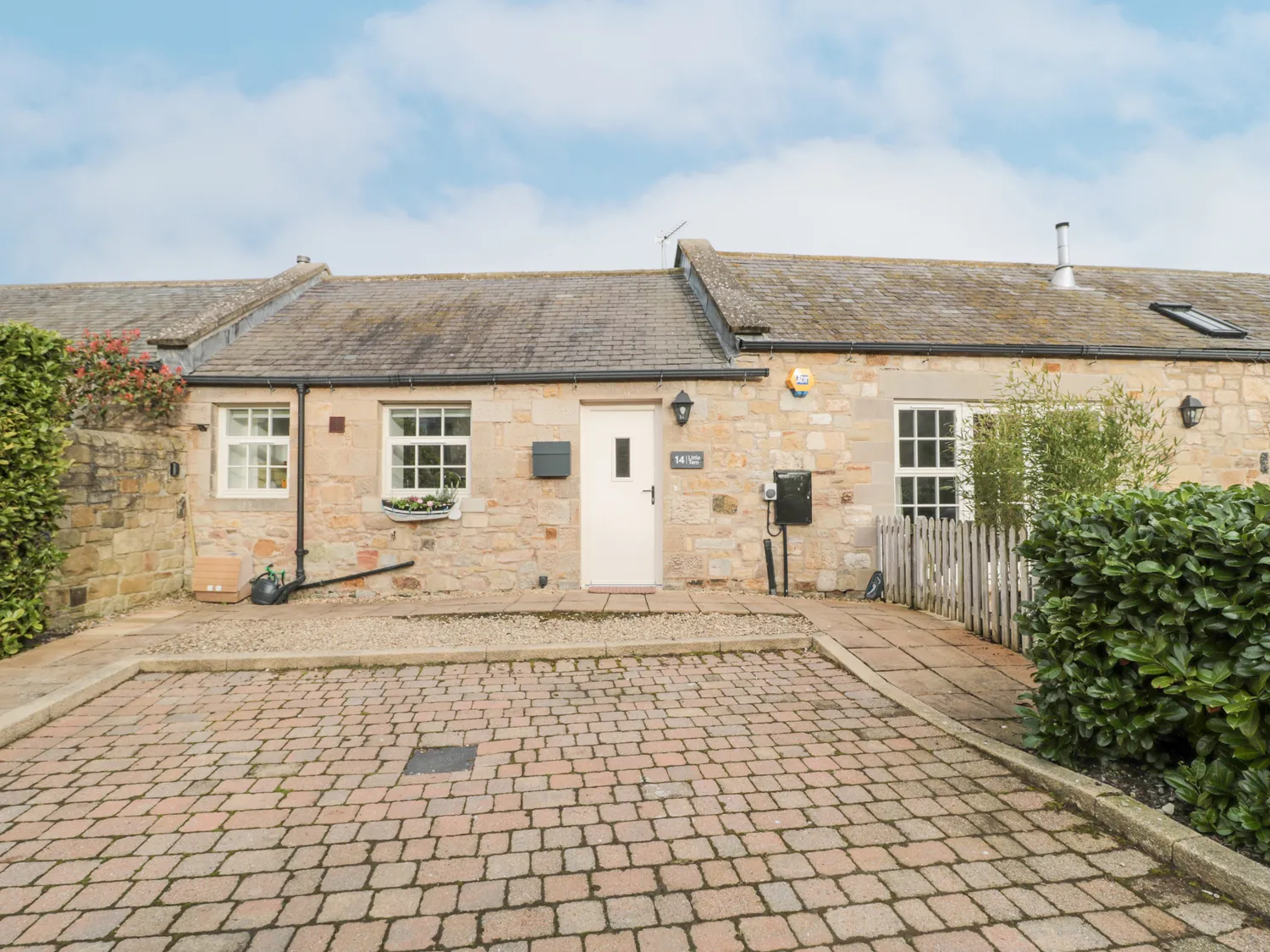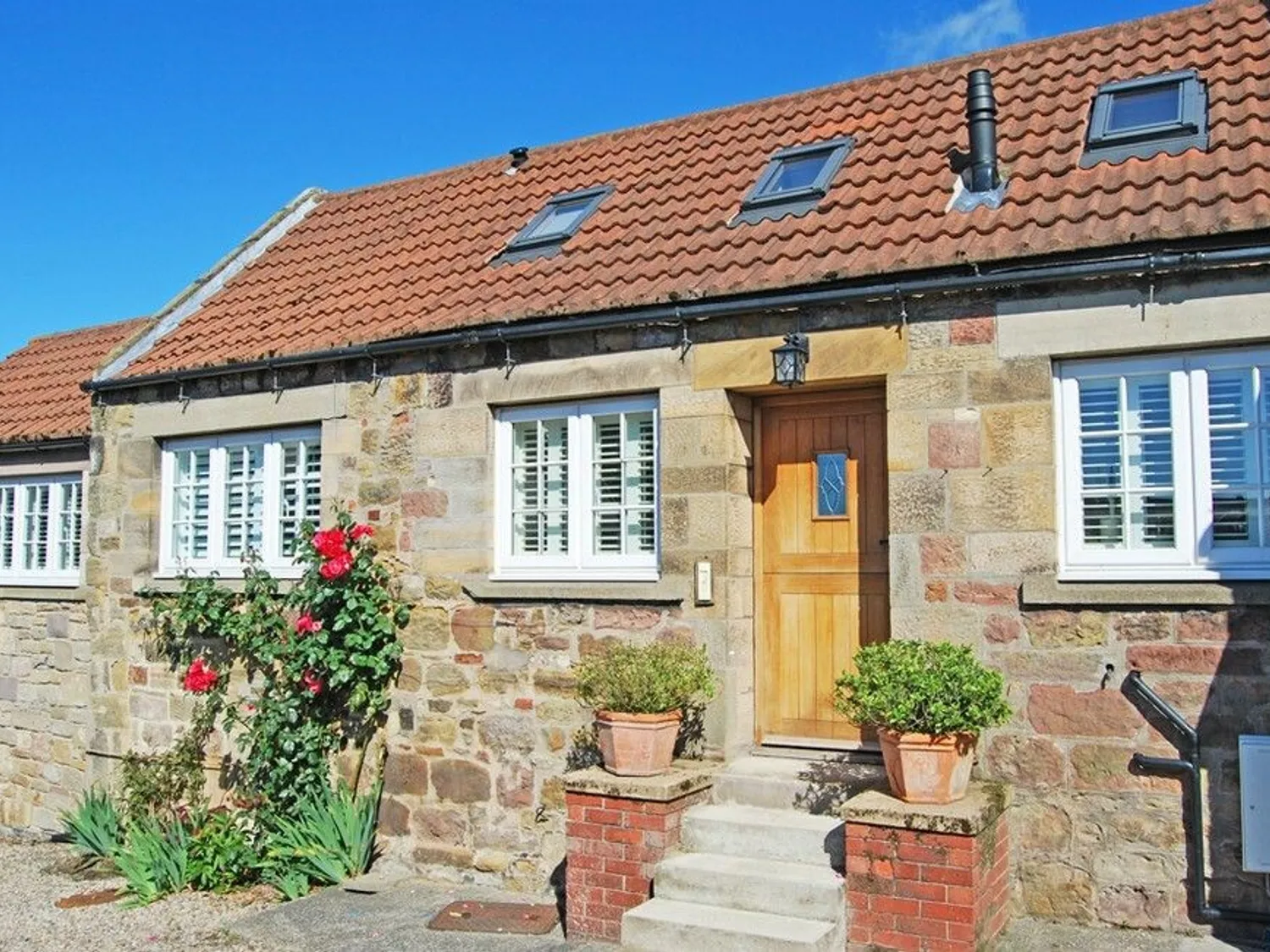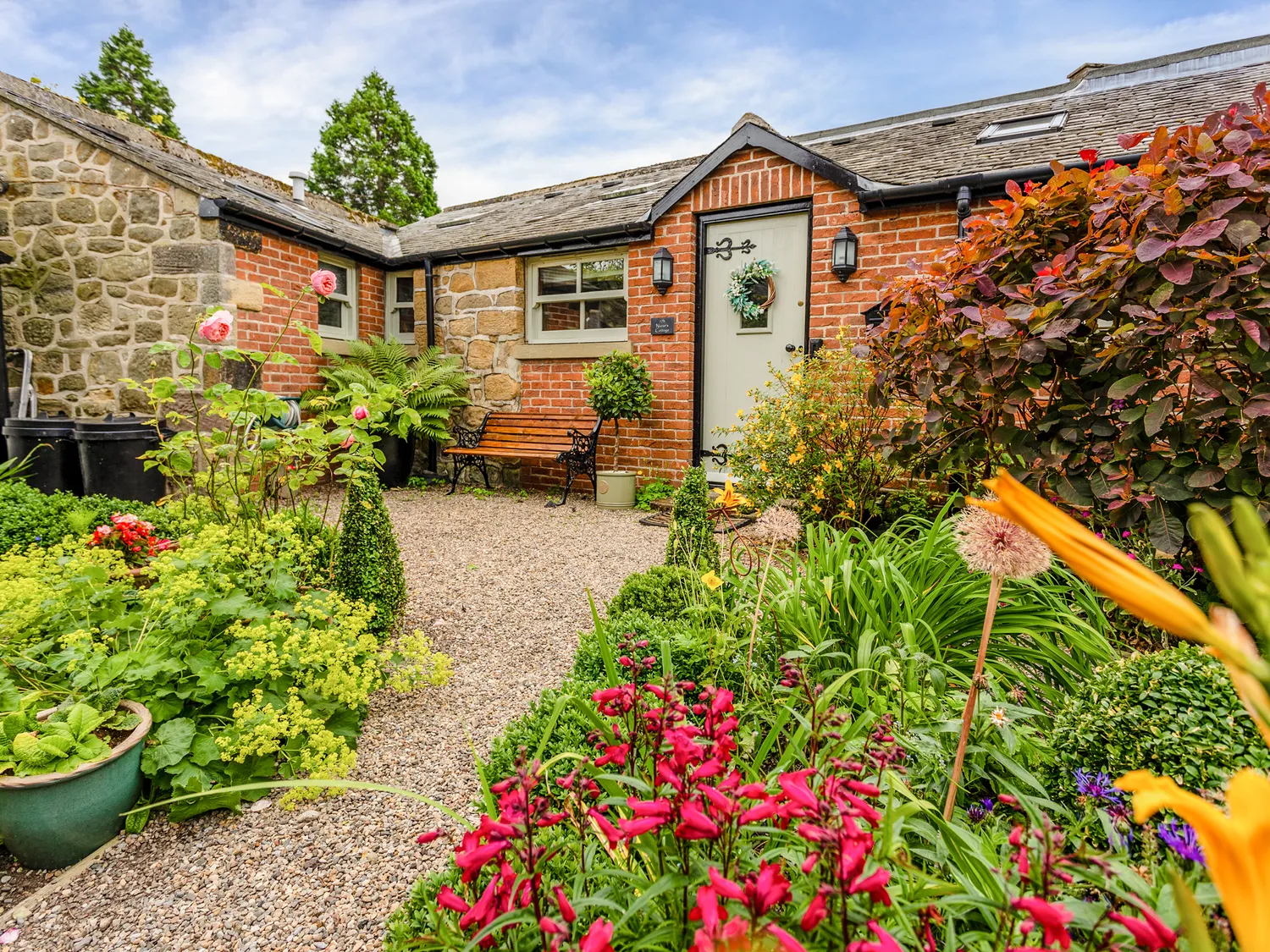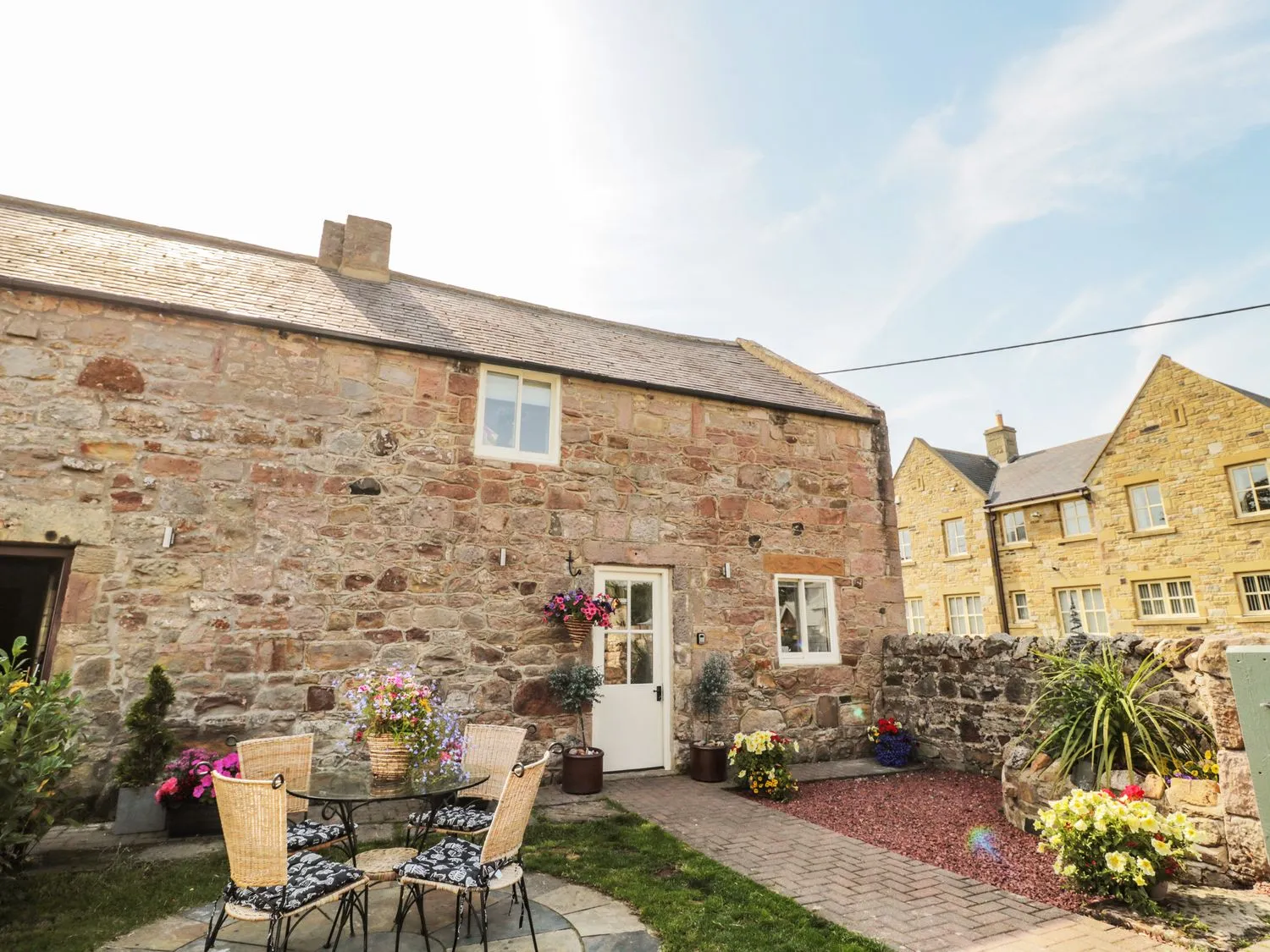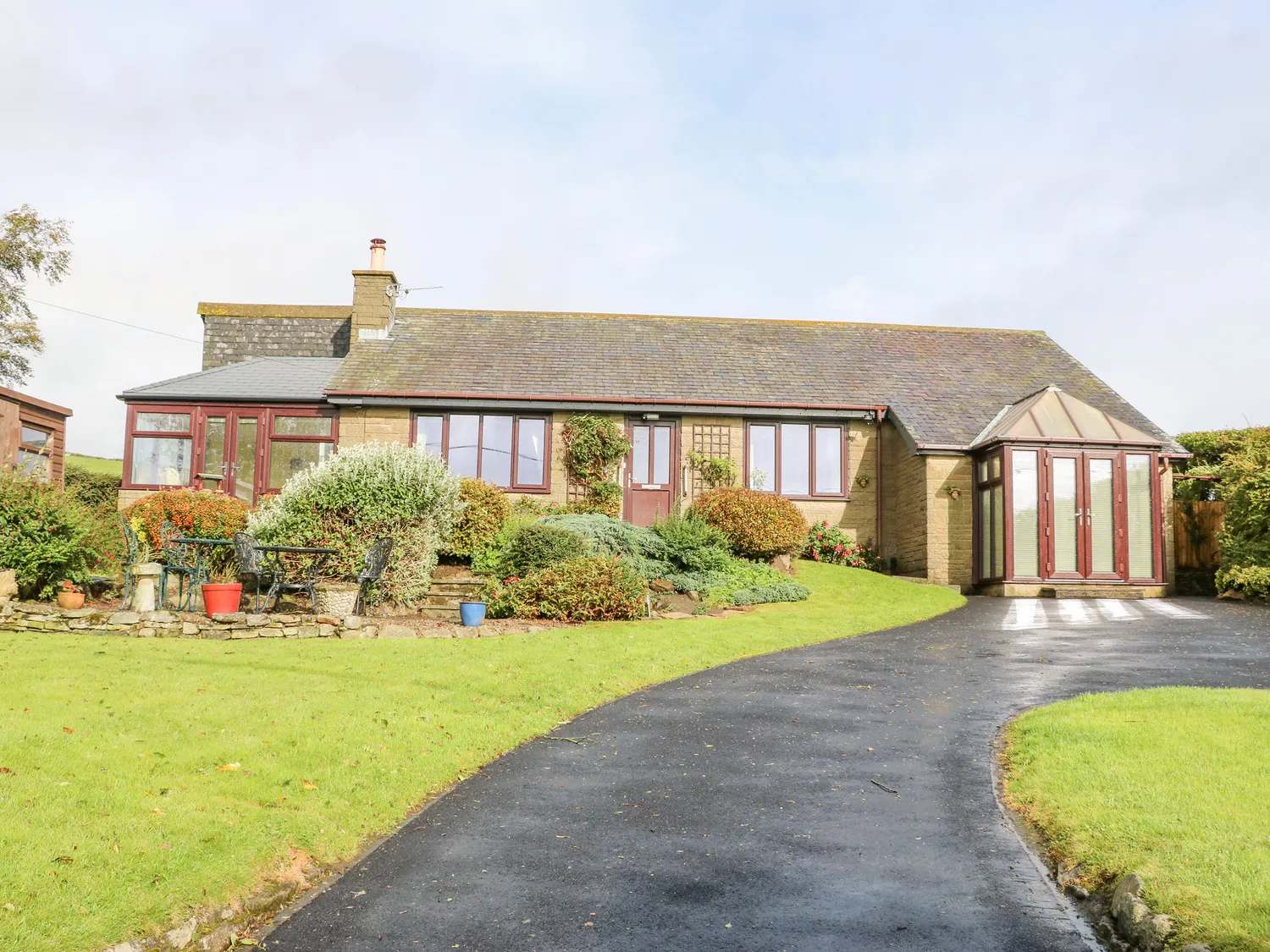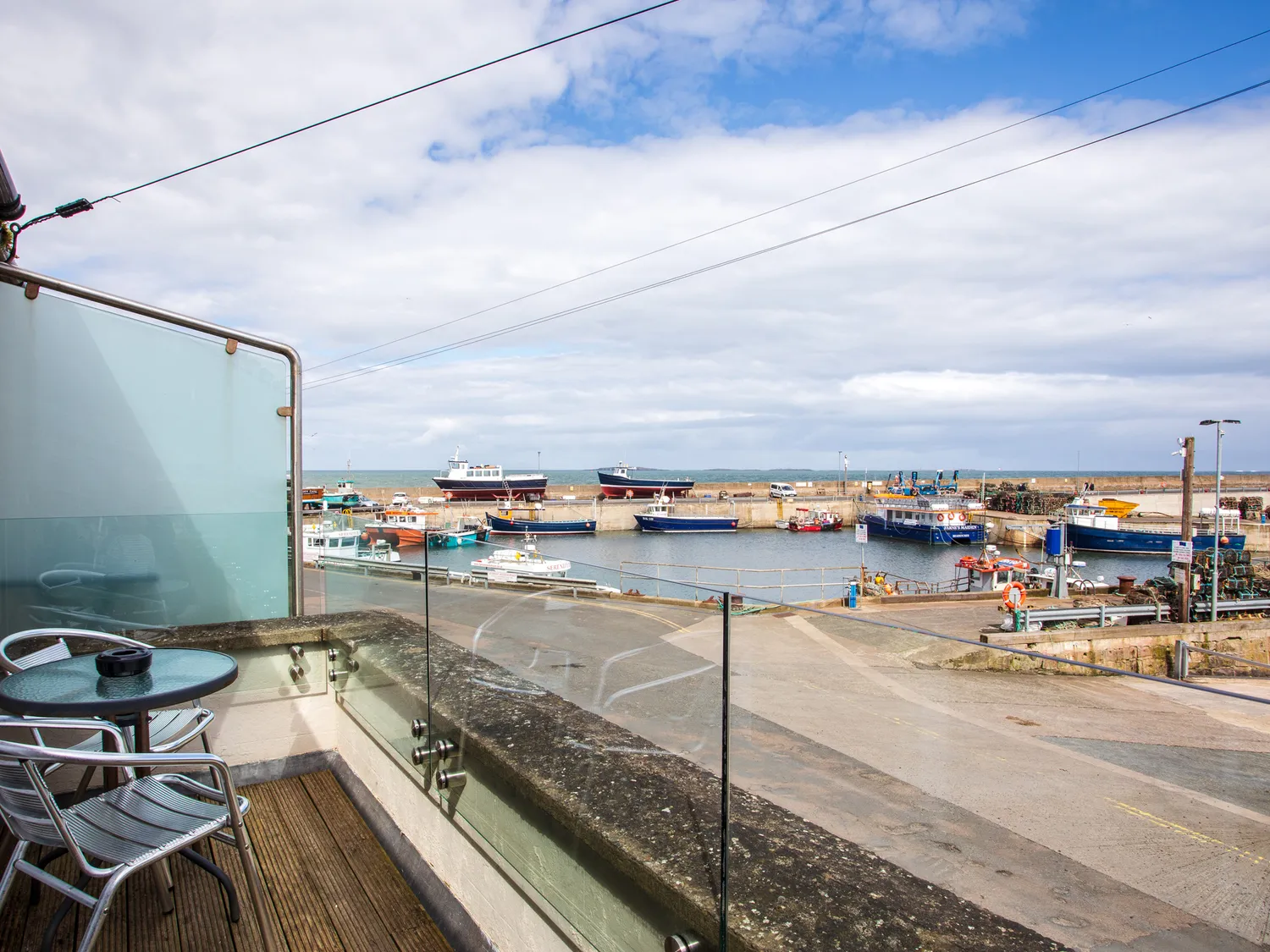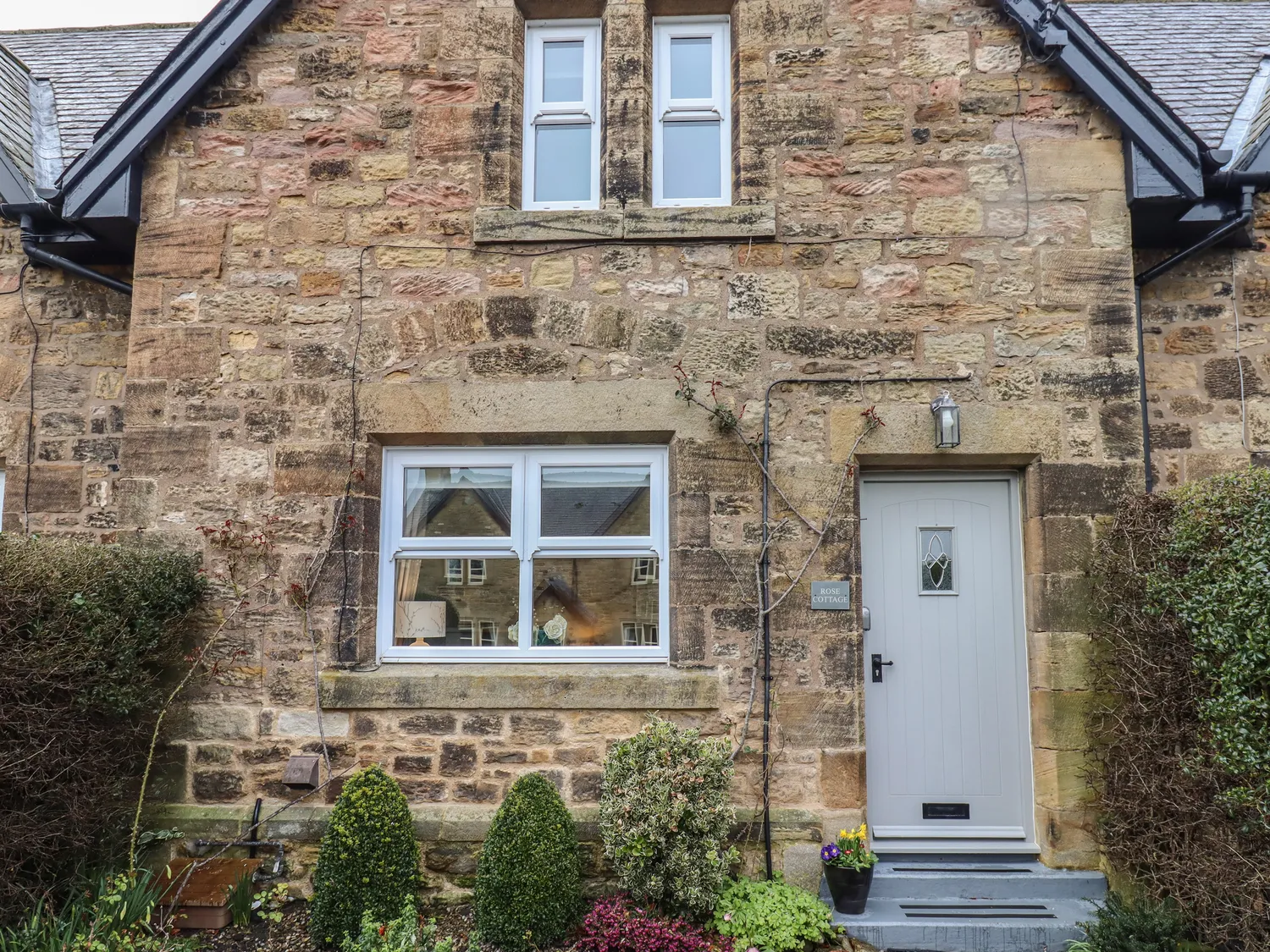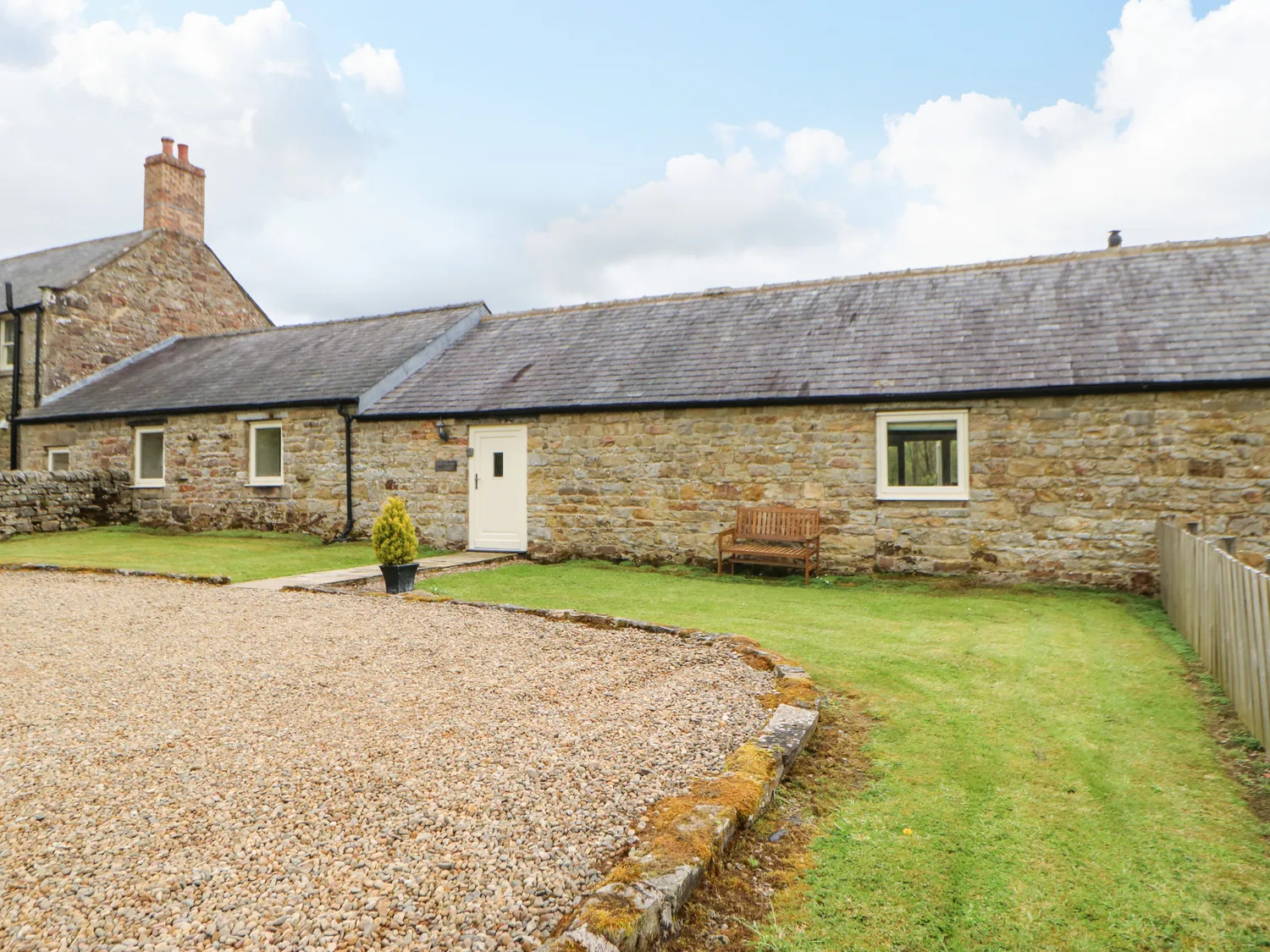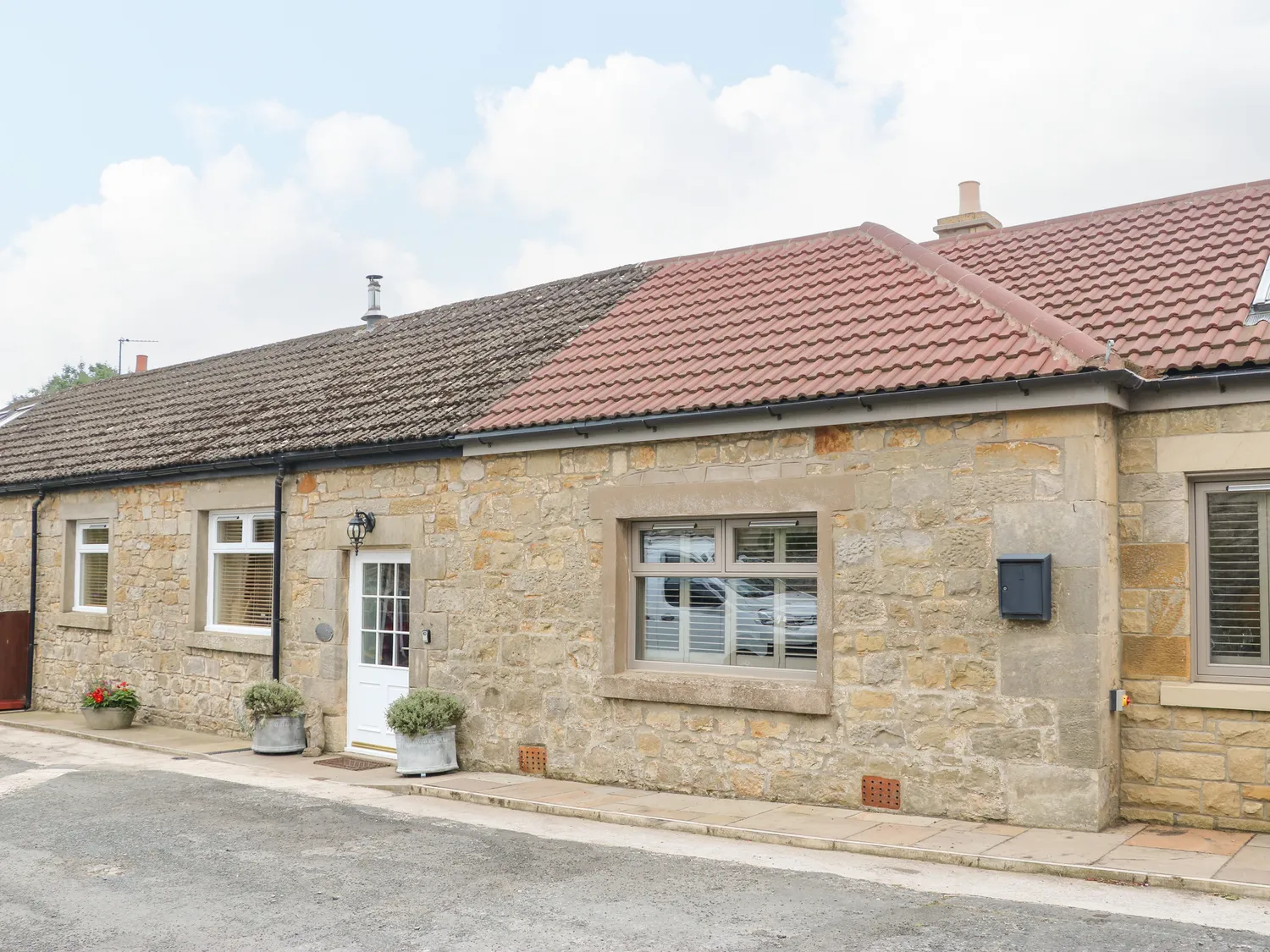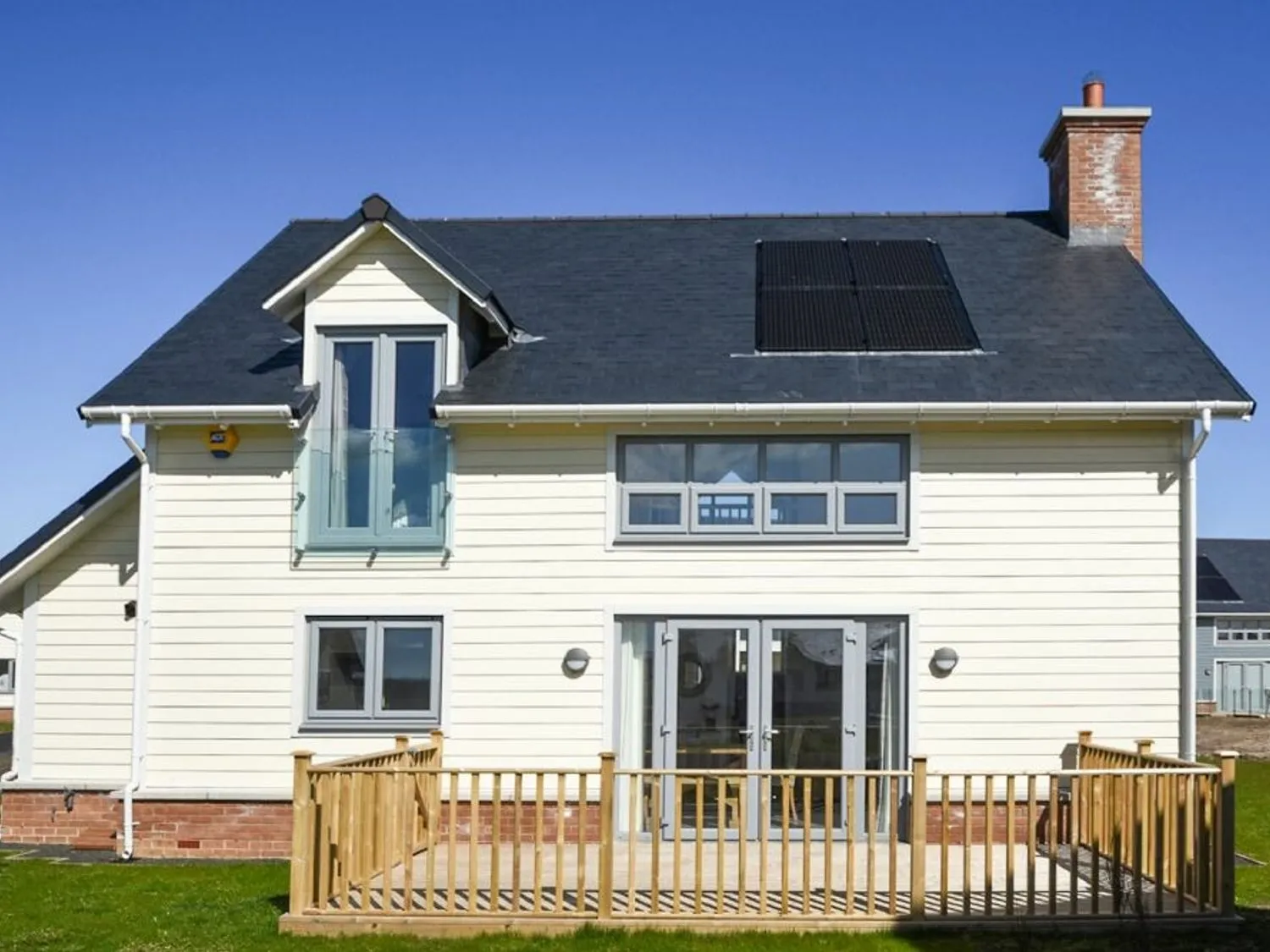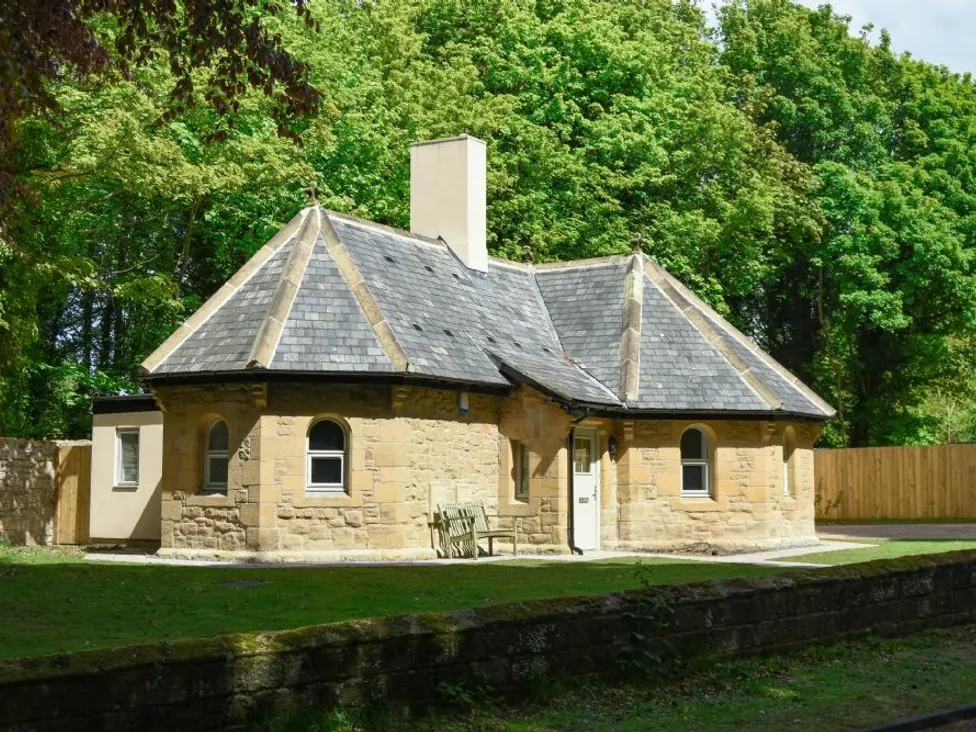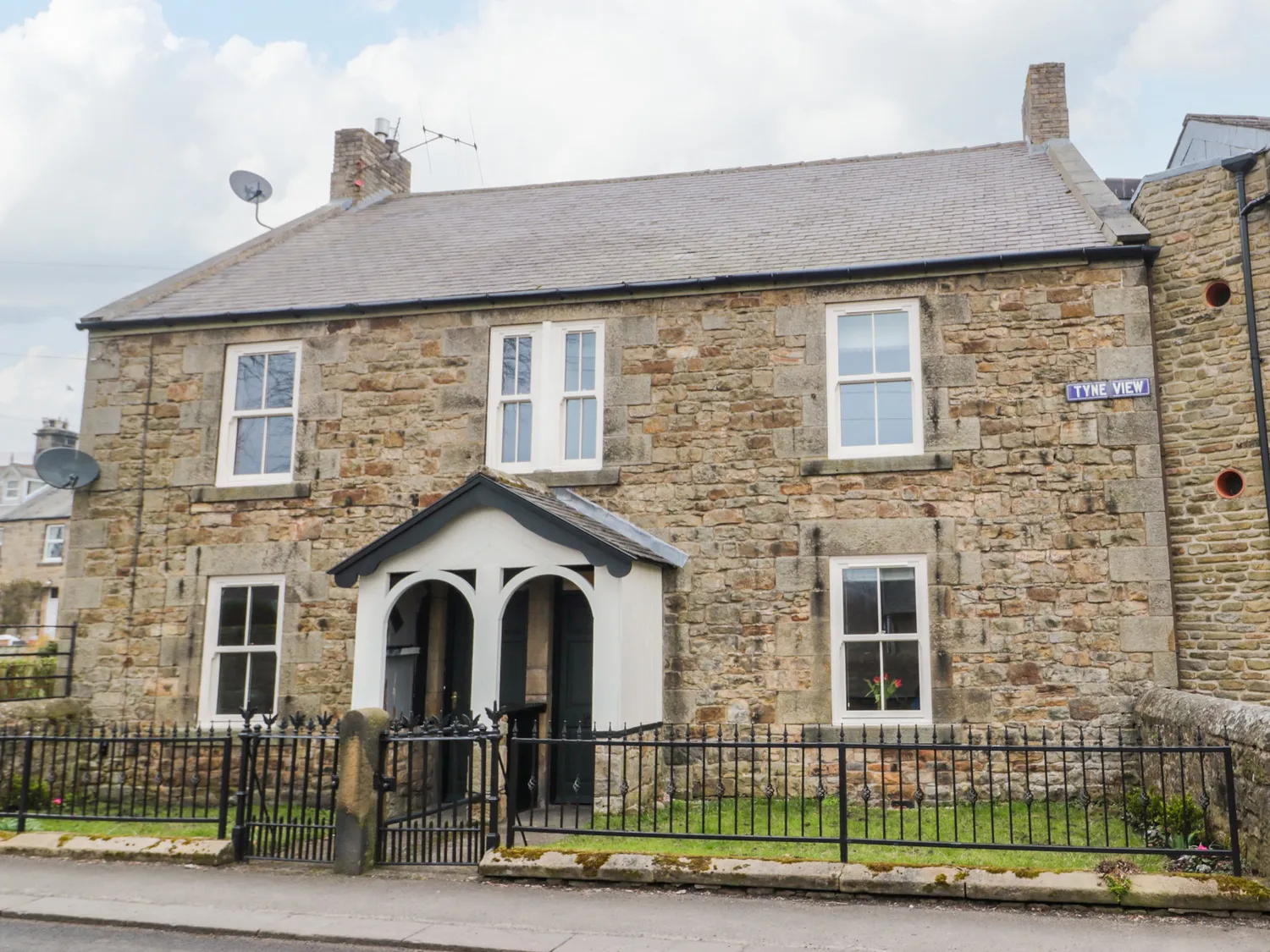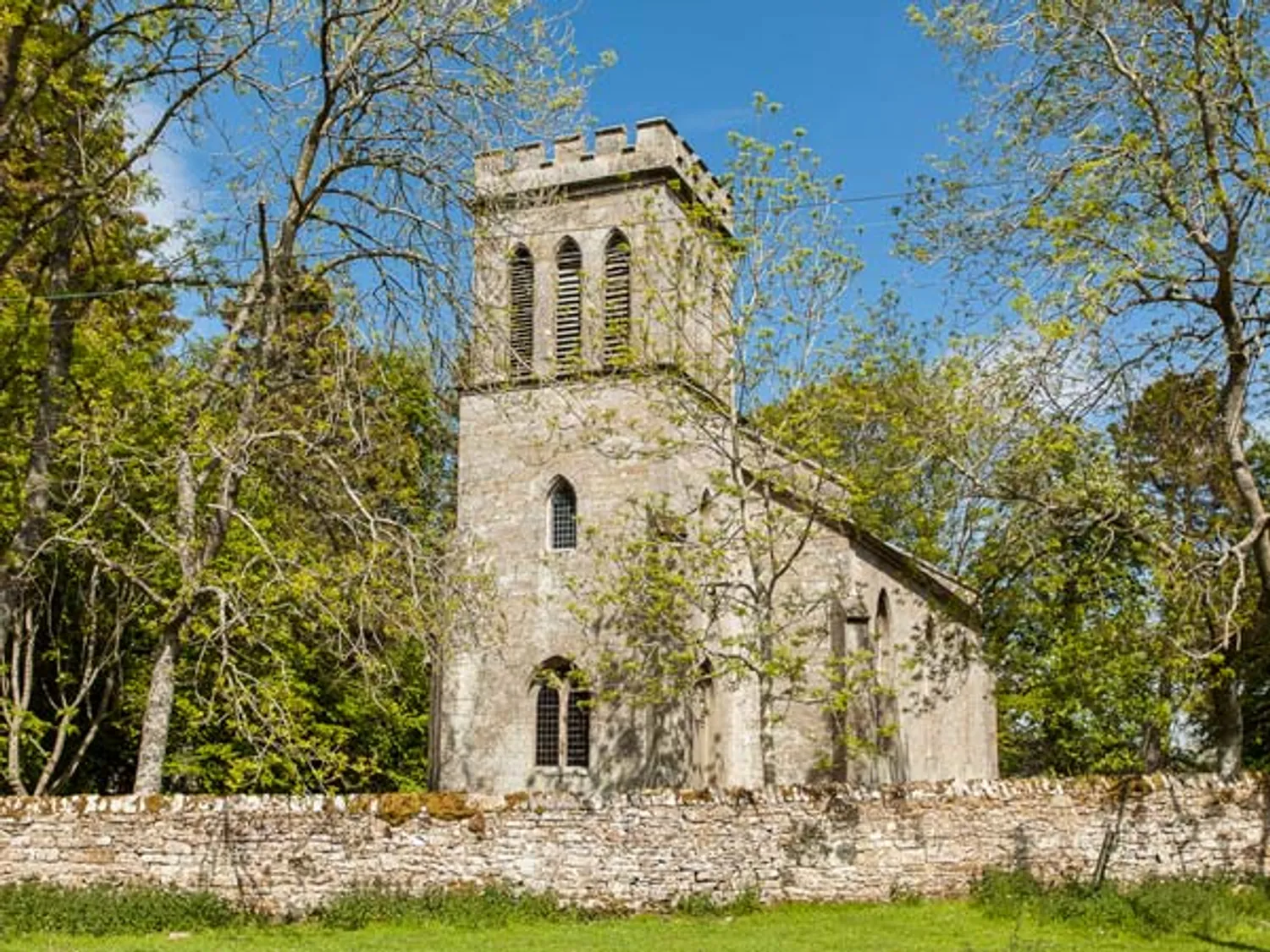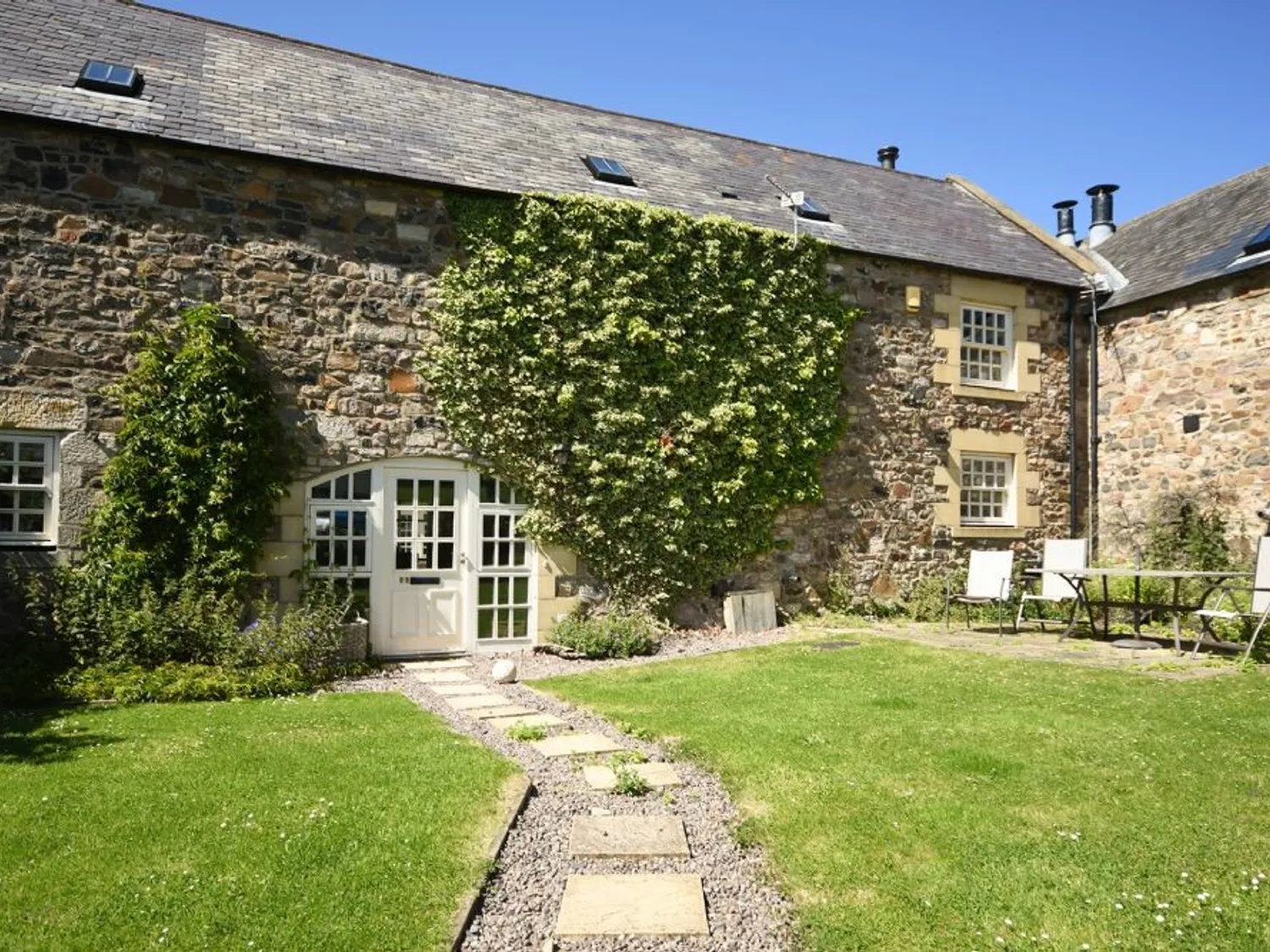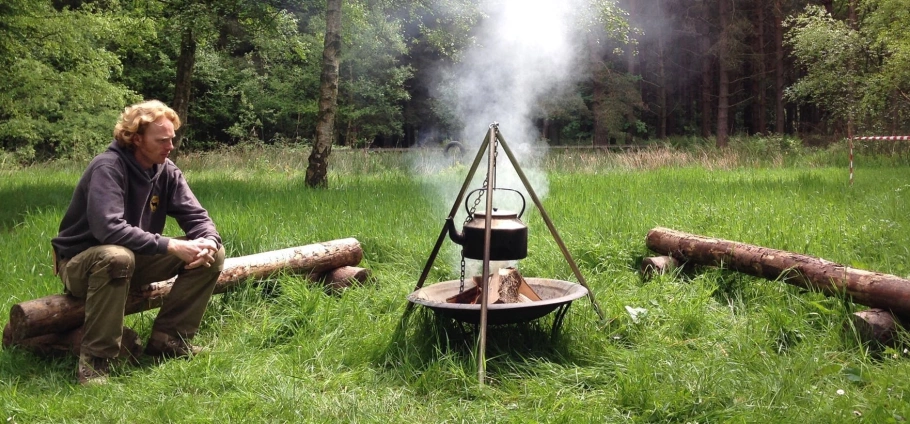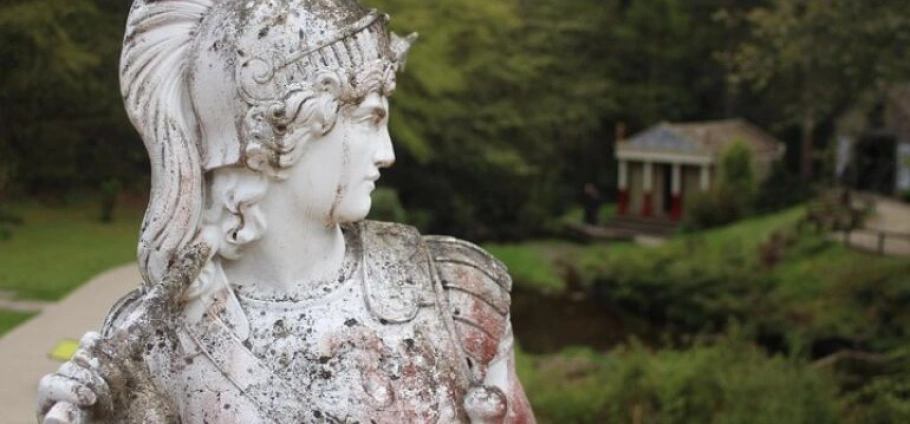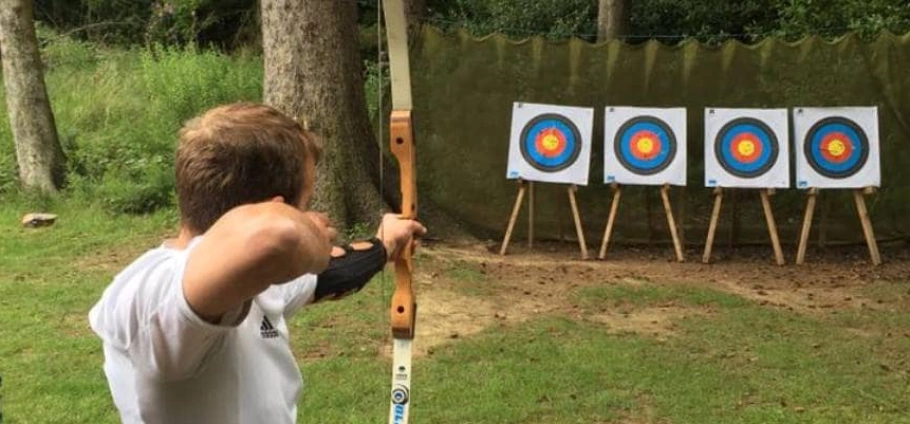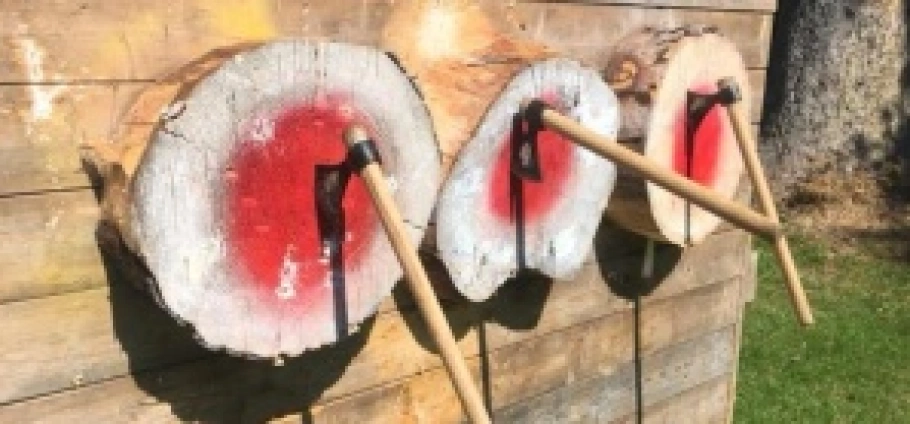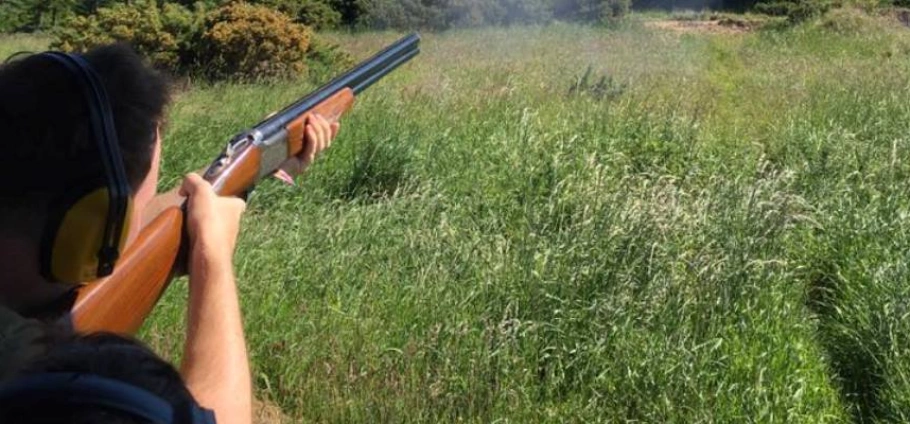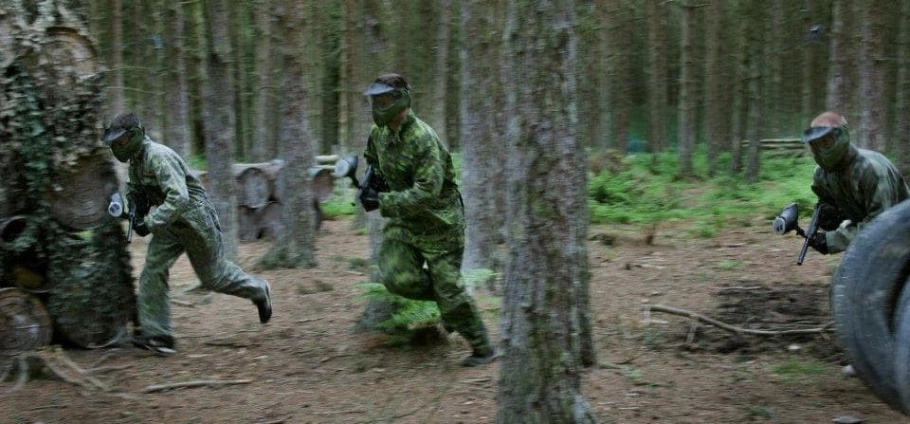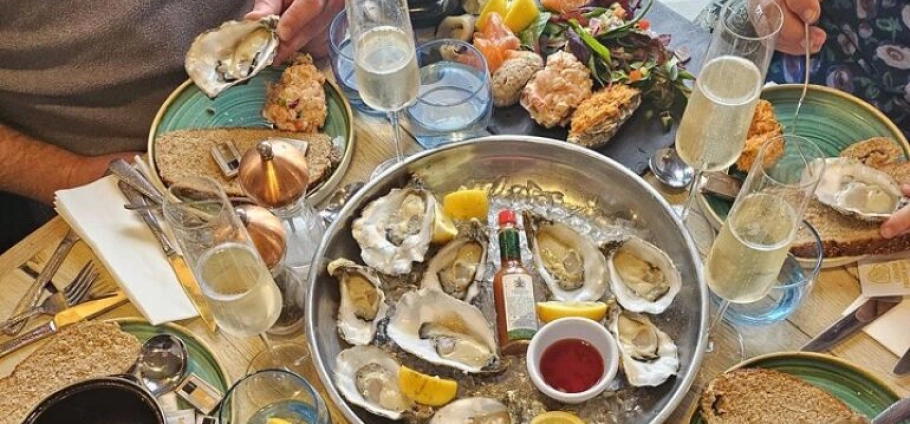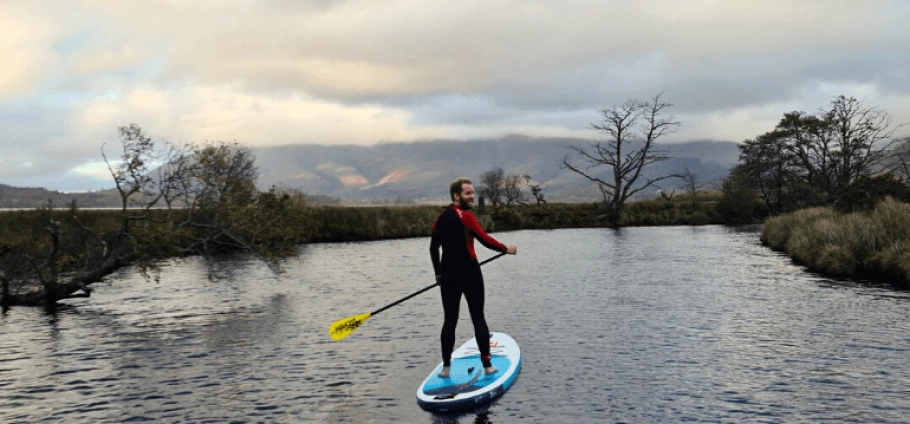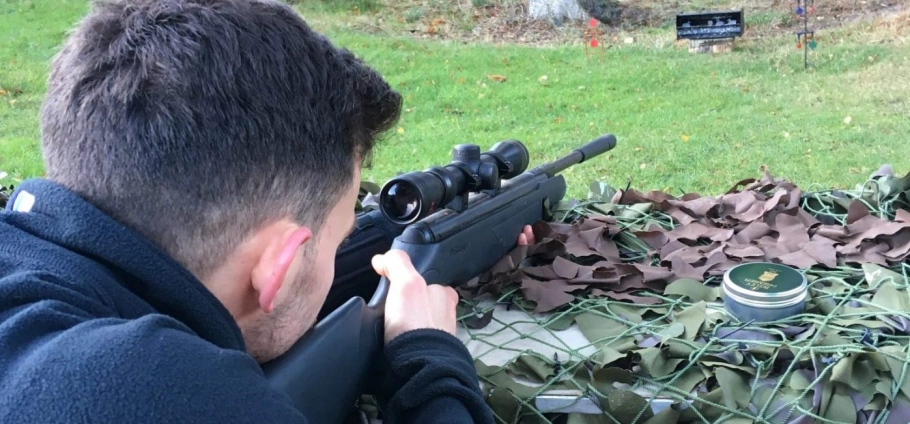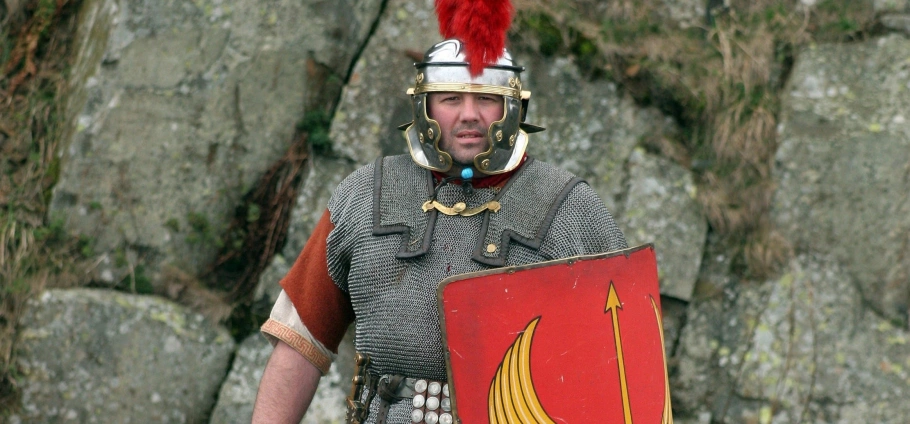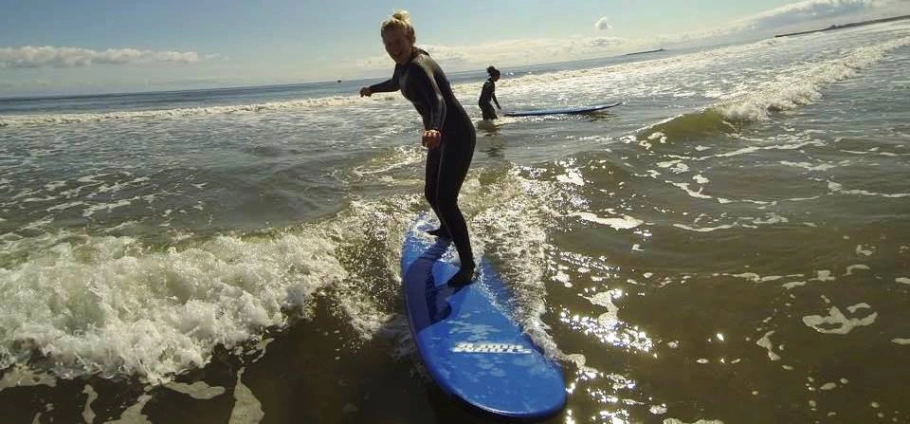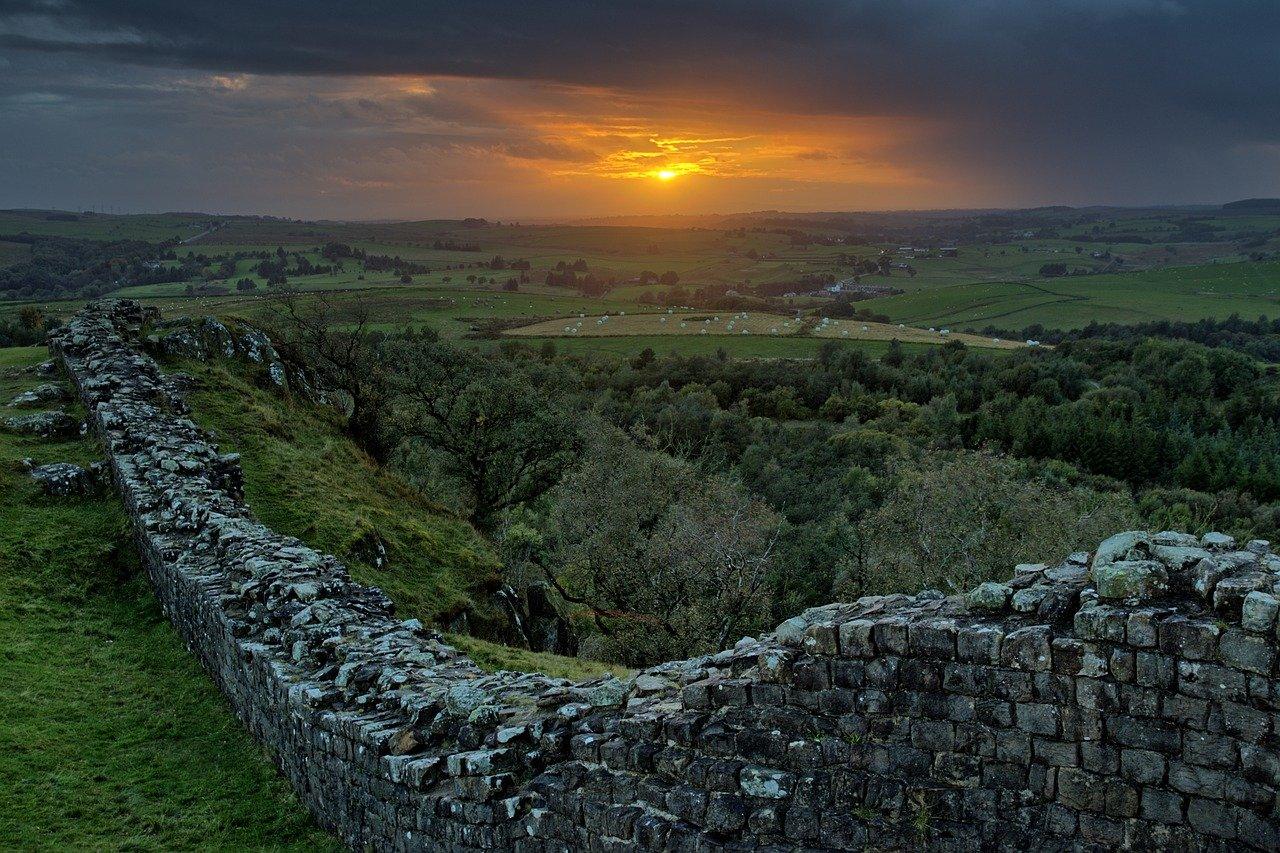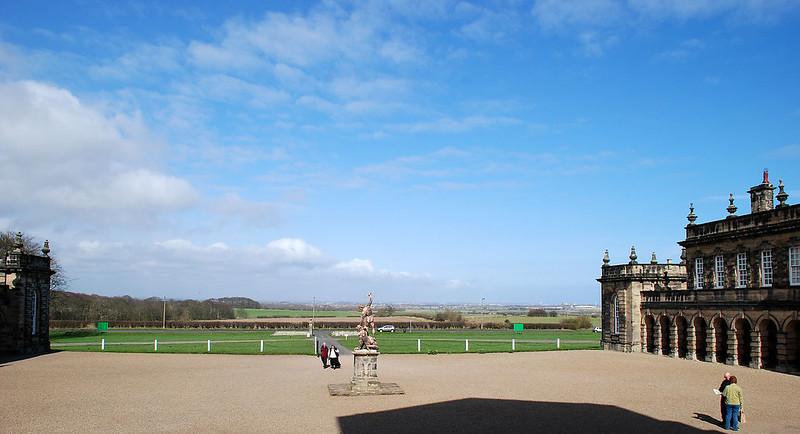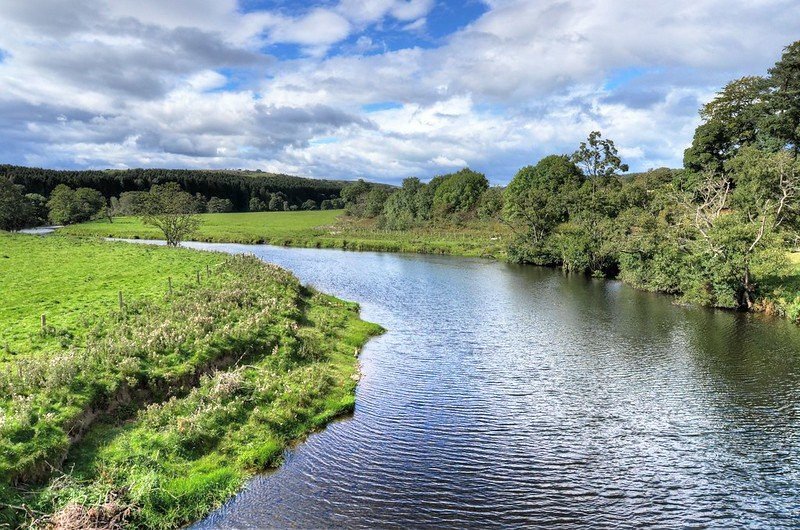Dunstanburgh Castle, perched majestically on the rugged Northumberland coastline, is a historical gem that captivates visitors with its rich heritage and stunning vistas. Built-in the 14th century, this medieval fortress stands as a testament to the turbulent history of England, showcasing the architectural prowess of its time.
As one of the largest castles in Northumberland, Dunstanburgh offers a unique glimpse into the past, inviting history enthusiasts and casual visitors alike to explore its storied walls and the breathtaking landscape that surrounds it.
The Rich History of Dunstanburgh Castle Unveiled
Dunstanburgh Castle was commissioned by the powerful Earl of Lancaster, Henry de Lancaster, in the early 1300s. Its strategic location was chosen to control the coastal trade routes and to serve as a stronghold against Scottish invasions.
The castle played a significant role during the Wars of Scottish Independence, witnessing numerous sieges and battles that shaped the region's history. The castle's construction reflects the political turmoil of the time, as it was built to assert dominance and protect English interests in the north.
Throughout its history, Dunstanburgh has been associated with various notable figures, including the infamous Earl of Northumberland, who was involved in the rebellion against King Henry IV. The castle's fortunes fluctuated over the centuries, falling into disrepair after the English Civil War in the 17th century.
Despite its decline, Dunstanburgh remains a symbol of medieval power and resilience, drawing visitors eager to learn about its storied past.
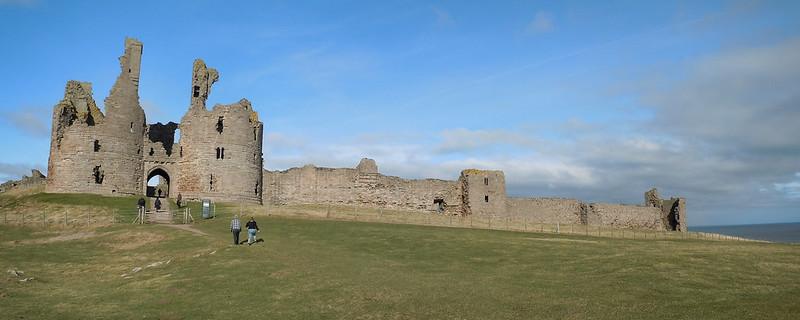
Archaeological excavations have revealed much about the castle's original layout and the daily lives of its inhabitants. The remnants of the great hall, living quarters, and defensive structures provide insight into the medieval lifestyle and the castle's role as a centre of power.
The castle's history is not just confined to its walls; it is intertwined with the local community and the broader narrative of Northumberland's heritage. Today, Dunstanburgh Castle is managed by English Heritage, which has worked diligently to preserve its ruins and educate the public about its historical significance.
The castle's rich history is celebrated through various events and exhibitions, allowing visitors to engage with the past in meaningful ways. As you walk through its ancient corridors, the echoes of history resonate, inviting you to imagine the lives of those who once called this fortress home.
Architectural Features That Define Dunstanburgh’s Charm
Dunstanburgh Castle is renowned for its impressive architectural features, which reflect the military and residential needs of its time. The castle's design is characterized by its imposing curtain walls, which were constructed using local basalt stone, giving it a distinctive dark appearance.
The walls, punctuated by towers and gatehouses, were designed to withstand sieges and provide a formidable defence against attackers. The sheer scale of the castle is awe-inspiring, with its ruins stretching over a mile along the coastline. One of the most striking features of Dunstanburgh is its iconic round towers, which were built to enhance the castle's defensive capabilities.
The towers not only served as lookout points but also housed artillery and provided living quarters for the castle's garrison. The remains of the great hall, with its large windows and high ceilings, offer a glimpse into the grandeur of medieval life, where feasts and gatherings would have taken place.

The castle's layout is a testament to the ingenuity of medieval architecture, with a focus on both functionality and aesthetics. The use of natural topography, including the cliffs and surrounding landscape, was skillfully integrated into the design, enhancing the castle's defensive position.
Visitors can explore the remnants of the inner bailey, where the heart of the castle's activities would have occurred, and appreciate the craftsmanship that has endured through the centuries. In addition to its military features, Dunstanburgh Castle also reflects the social and cultural aspects of medieval life.
The architectural elements, such as the chapel and living quarters, highlight the importance of religion and community within the castle. As you wander through the ruins, the blend of defensive and domestic architecture tells a story of a place that was not only a fortress but also a vibrant centre of life and activity.
Exploring the Surrounding Landscape and Natural Beauty
Dunstanburgh Castle is not only a historical site but also a gateway to the breathtaking natural beauty of Northumberland. The castle is set against a backdrop of dramatic cliffs and the North Sea, offering stunning views that change with the tides and weather. The surrounding landscape is characterized by rolling hills, lush green fields, and a rich diversity of wildlife, making it a haven for nature lovers and outdoor enthusiasts.
Holiday Rentals Ideal for Exploring Northumberland
The coastal path that leads to Dunstanburgh provides an opportunity to experience the area's natural splendour up close. As you approach the castle, the sound of crashing waves and the sight of seabirds soaring overhead create a serene atmosphere.
The path is dotted with wildflowers and offers panoramic views of the coastline, making it a popular route for walkers and photographers alike. The nearby Embleton Bay is a picturesque stretch of sandy beach that invites visitors to relax and enjoy the tranquil surroundings.
The beach is ideal for picnics, beachcombing, and even water sports, providing a perfect complement to a visit to the castle. The juxtaposition of the rugged castle ruins against the soft sands and rolling waves creates a striking visual contrast that is truly unforgettable.
In addition to its scenic beauty, the area around Dunstanburgh is rich in biodiversity. The Northumberland Coast Area of Outstanding Natural Beauty is home to various habitats, including salt marshes, dunes, and rocky shores.
Birdwatchers can spot a variety of species, while the marine life in the waters off the coast offers opportunities for exploration and discovery. The combination of history and nature makes Dunstanburgh Castle a unique destination that appeals to a wide range of interests.
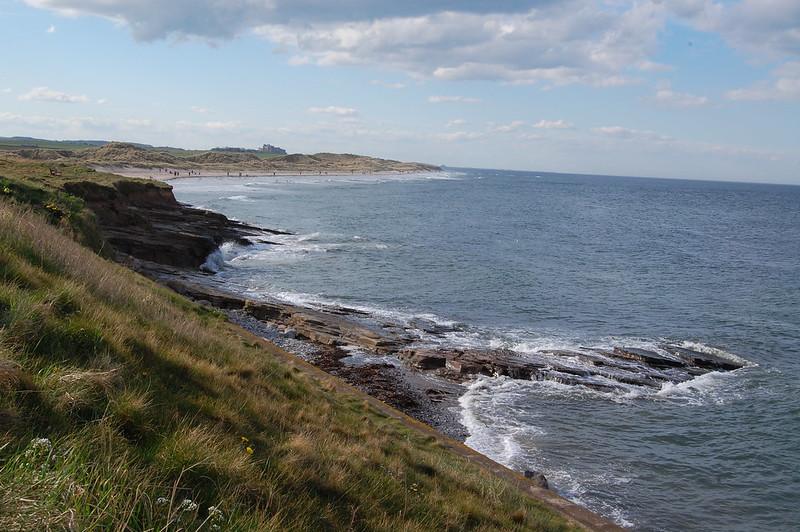
Visitor Information: Access, Tours, and Local Insights
Dunstanburgh Castle is easily accessible for visitors, with several options for reaching this historical site. The castle is located approximately 2 miles from the village of Craster, which is well-connected by road and public transport.
Visitors can enjoy a scenic walk along the coastal path from Craster, taking in the stunning views and the fresh sea air. Parking is available in Craster, and there are designated walking routes that lead directly to the castle.
For those interested in guided experiences, English Heritage offers a range of tours and events throughout the year. These guided tours provide valuable insights into the castle's history, architecture, and the lives of its inhabitants.
Knowledgeable guides share fascinating stories and anecdotes, enriching the visitor experience and bringing the castle's past to life. Special events, such as historical reenactments and family-friendly activities, are also held regularly, making it a great destination for all ages.
Visitors are encouraged to check the English Heritage website for up-to-date information on opening hours, ticket prices, and any special events that may be taking place during their visit. The site also offers resources for planning your trip, including maps and suggested itineraries.
Additionally, the nearby village of Craster boasts charming cafes and shops, where visitors can enjoy local delicacies, including the famous Craster kippers.
Experience Days Around Northumberland
As you plan your visit to Dunstanburgh Castle, consider taking the time to explore the surrounding area. The Northumberland Coast is dotted with other historical sites, picturesque villages, and stunning landscapes. Whether you're interested in hiking, photography, or simply soaking in history,
Dunstanburgh Castle and its surroundings offer a wealth of experiences that will leave a lasting impression. Dunstanburgh Castle stands as a remarkable testament to Northumberland's rich history and natural beauty. Its imposing ruins, steeped in stories of power and conflict, invite visitors to step back in time and explore the lives of those who once inhabited this majestic fortress.
The architectural features and the surrounding landscape create a unique blend of history and nature, making it a must-visit destination for anyone travelling to the region. Whether you're a history buff, a nature lover, or simply seeking a peaceful retreat, Dunstanburgh Castle promises an unforgettable experience that resonates with the echoes of the past.
FAQ’s
Where is Dunstanburgh Castle located?
On the Northumberland coast, between Craster and Embleton
How do I get to Dunstanburgh Castle?
Walk from Craster Village (1.5 miles) or Embleton Bay
No direct vehicle access to the castle
What are the opening hours?
Varies by season; check the English Heritage website for current times
Is there an admission fee?
Yes, with discounts for English Heritage members
Are dogs allowed?
Yes, dogs on leads are welcome
Is the castle wheelchair accessible?
Limited accessibility due to uneven terrain
Is the castle suitable for children?
Yes, but parental supervision is required due to uneven surfaces
